As we know, we’re growing disconnected from nature. We like being surrounded by structures such as buildings, malls, and workplaces, but we rarely take time to enjoy the outdoors. There are several ways to bring nature into your home if you can’t go outdoors. Having a terrace garden can help you reconnect with the natural world.
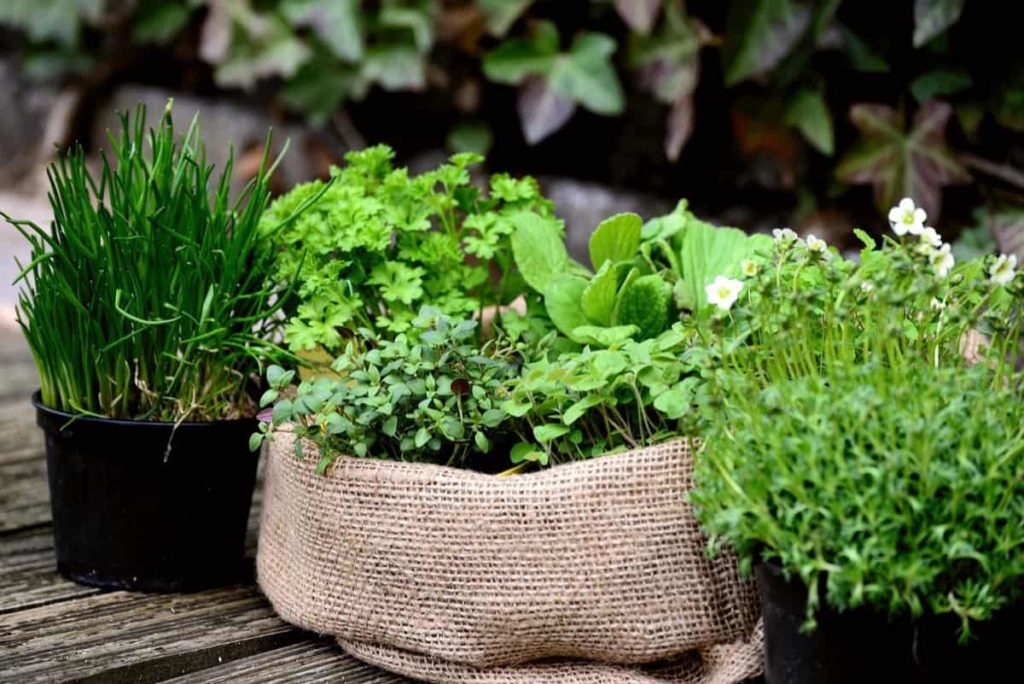
It’s a win-win situation: You can enjoy the therapeutic benefits of nature on your terrace and produce your food. Even in a tiny space, growing your organic veggies can have advantages. Garden vegetables are more nutritious than store-bought produce. You can also grow many types of flowers and ornamental plants on your terrace that enhance the look of your home. Terrace-grown vegetables can save you a lot of money.
Let’s learn about the advantages and disadvantages of terrace gardening, terrace garden setup cost in Hyderabad, how to grow different fruits, vegetables, flowers, and herbs on the terraces of Hyderabad, and a step-by-step guide on how to start a terrace garden from scratch in Hyderabad below.
Advantages of terrace gardens
There are several advantages to having a rooftop garden, which are the most apparent. It benefits the ecosystem by increasing the number of plants in our surroundings, which in turn serves to increase our supply of oxygen. Your house or structure will be well-insulated due to the various layers that go into constructing a Roof Garden. Roof gardens are relatively simple to build, and if you have a level roof and a basic grasp of gardening,
you could probably do it yourself. On the other hand, some sections may need the services of a professional with knowledge of roof gardens to be correctly installed. The waterproof layer can be one of these things. Sometimes, a roof garden can be self-sustaining, so you won’t have to water it. Environmental factors such as plant species and growing conditions are vital considerations. Reducing water runoff is a benefit of roof gardens.
It is common for roof gardens to have a drainage system to keep the soil or other media in. This can seem simple, but the roof garden’s higher layers shield the bottom waterproof layer from the harmful effects of the sun’s rays. This extends the roof garden’s useful life. Your roof garden will be fine, whether a windstorm or a hailstorm. Unfortunately, harm to the plants is unlikely since they are readily replaced. Because the growth medium absorbs the stress from the hit, no damage would be done to any important sections like the bottom layers.
Plants that can be eaten from the garden, such as herbs and vegetables, can be grown on the roof. Just like any other garden, these plants demand regular care and attention. However, if you’re a fan of gardening, why not start one on your roof? Rooftop gardens are fantastic places for birds and other creatures to live. A green roof is an excellent alternative if you like the sound of birds singing in the morning.
In case you missed it: How to Start a Terrace Garden from Scratch in Mumbai: A Step-By-Step Guide for Beginners
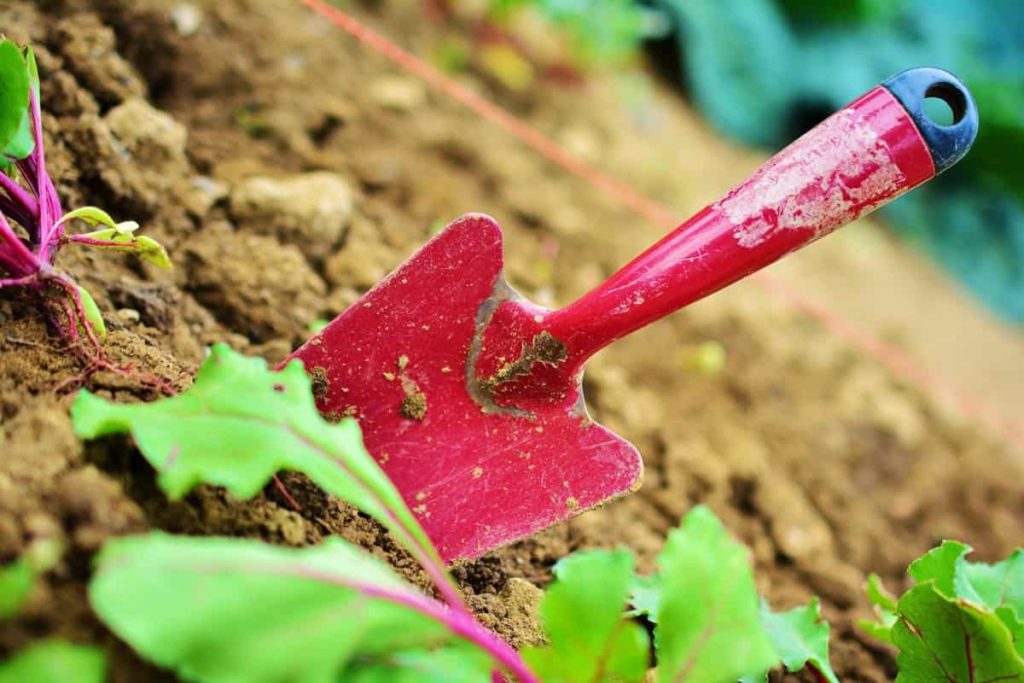
The ability of rooftop gardens to reduce the impact of the Urban Heat Island effect is perhaps the most stunning and significant feature of these green spaces. The elevated temperatures in most metropolitan areas are the basis for the UHI theory. With more concrete than natural vegetation, cities act as a year-round “heat island,” trapping heat and releasing it into the surrounding environment. Due to the intense heat, air conditioning and other cooling technologies are increasingly used in cities throughout the summer.
In cities with more excellent green space, this impact diminishes. Plants can reduce the UHI impact by cooling whole cities via the daily evaporation cycle. In addition, the plants themselves will cover a concrete roof, one of the primary sources of UHI. Roof gardens can look attractive or awful. What’s impressive about a roof garden is that it can be customized to meet any aesthetic.
You can get your feet on a walkable green rooftop, but other types of roofing systems are too delicate to walk on. A green or roof garden can be walked on as long as you don’t tread on the plants, but if you do step on them, they may be able to survive that. Stress can be reduced by using green roofs. Relaxation and a pleasant mood can be achieved by seeing your plants develop and spending time in nature.
In addition to reducing noise pollution, green roofs also assist in keeping the inside of your house serene. It is possible to use terrace gardens to insulate against temperature and noise. Incorporating soil and plants into a building’s landscaping may reduce noise levels, especially for low-frequency noises. This might significantly reduce urban noise pollution, particularly in regions near airports or directly beneath aircraft paths.
Disadvantages of terrace gardens
Taking care of a roof garden is more work than a regular roof. If you’re using a particular plant, you may need additional garden upkeep, such as replacing the growth medium. Roof garden owners who want to grow plants that require a lot of water may have to install a watering system on their roofs. Depending on your building’s height, installing a rooftop garden might be time- and labor-intensive.
Have your entire garden layout drawn out before you arrive to do the project all at once. Unless you’re a professional gardener, it’s generally best to start modest and let your plants flourish. Accessing the roof will be simpler since many planters, storage units, and trellises can be put together after they arrive. Rather than lugging up large plants, start with little ones. The most common issue with wind and roof gardens is that the growth medium can be blown away. Specific mesh covers can reduce soil loss, so don’t let this be a deal breaker.
If a repair is required, the time it takes to do one is prohibitive. To get to the waterproof layer under a leaky roof garden, you’ll have to remove many layers of roofing material. Finding the source of a leak might be extremely difficult if you don’t know where it is coming from. This is why hiring a professional to build your rooftop garden is critical.
A step-by-step guide on how to start a terrace garden from scratch in Hyderabad
Consider the capacity of your terrace
Before planting a terrace garden, the first thing that has to be determined is whether or not the surface of the roof can support the weight of the soil. The weight of soil, particularly moist soil, is often beyond people’s capabilities to fathom. You can get a garden soil mix that is low in weight online. A rooftop terrace garden should be created on top of a significant building or a home with load-bearing floors.
In case you missed it: Denver Backyard Gardening: How to Start, A Step-By-Step Planting Guide at Home in Colorado

Plan your terrace garden
To begin, select how you would want to arrange your pots by drawing a blueprint for the arrangement on a piece of paper. This task has to be carried out with extreme caution and awareness of the drainage system. Vegetable development in terrace gardens can be hindered by the lack of drainage or by a lack of enough space in these gardens. In addition, you need to create the layout considering regions that are shaded and areas that are exposed to the sun.
Estimate the cost of your terrace garden
Know your budget. You can begin on a small scale and gradually increase it by purchasing more plants, containers, and soil. Adding hardscaping and a terrace structure is when the real money will be spent. Building raised beds and boxes, laying tiles or stone, and installing lights and furnishings are all activities that might start to increase in cost. In addition to this, their support for them may need further structural work.
Prepare your roof
Waterproof your terrace: To grow plants on the roof, you must ensure that it is waterproof, strong, and frost-resistant. This is necessary if you use containers, raised beds, or the roof. All the roof surfaces, including the areas where plants will be planted, are waterproof.
Insulation layer: A terrace garden’s insulation layer (Protection Layer) protects it from moisture and temperature fluctuation and provides it with necessary mechanical strength. Extruded polystyrene boards, PIR panels, and polyurethane foam are the primary constituents. Due to the specific grooves and machined edge connectors, PIR panels are an excellent choice for use as an insulation layer on the terrace garden.
Ensure drainage: Roof garden drainage is used to swiftly remove precipitation from the plant layer and collect surplus water.
Geotextile layer: A geotextile cloth layer separates the drainage layer and soil-growing plants. It prevents dirt and other debris from blocking drains. Moisture circulation slows plant water loss. As a rule, geotextiles should be waterproof, vapor-permeable, biodegradable, and mechanically durable.
Vegetation layer (if you intend to grow directly in soil): For plants and greenery, the term “vegetation layer” refers to what is known as the growth medium (soil). There should be a lot of air movement and water permeation in the growing media. Plant selection and soil preparation go hand in hand. Organic materials such as garden soil, farm manure, or compost can be combined with other ingredients to create a healthy, slightly acidic soil for plants. The sort of plants you wish to grow in the growth media determines how thick they should be.
Select your plants
Choose plants with fiber-rooted rather than tap-rooted since the fiber-rooted varieties can grow through ceilings. Choose flowers and vegetables that are in season since they provide a beautiful look and a crop that is still quite fresh after a few months. Choose plants such as chili peppers, marigolds, tomatoes, and capsicums that thrive in total exposure to sunshine. If your terrace has no shaded areas, you should steer clear of plants that can’t survive in direct sunlight.
Get your containers
Growing plants in pots instead of beds are recommended since container gardening is simpler to maintain. Setting up plants needs containers. These containers are simple to get since they are sold at nurseries. In addition, there are a variety of choices accessible through the internet. Grow bags treated with UV light, containers made of clay, ceramic, cement, wood, or metal, or even old paint boxes, as well as crates for fruit or vegetables, are all viable possibilities.
In case you missed it: How to Prepare the Soil for Pepper/Chili: Best Soil Mix, pH, Compost, and Recipe
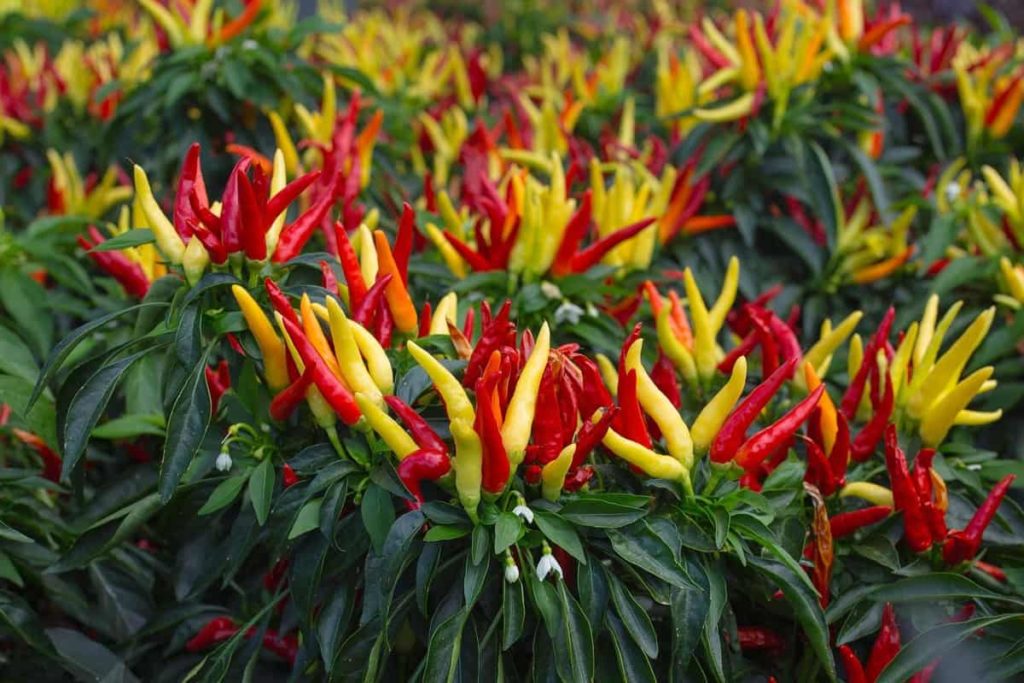
Even though plastic containers provide a variety of advantages, it is best to avoid using them since the heat from the sun may cause them to crack or even melt. In addition, hanging pots, customized stands, and potholders are options to consider if you want to use vertical and horizontal space.
Soil and fertilizer for your terrace garden
Soil health affects plant growth. Because soil supplies the necessary nutrients, it must be chosen carefully. It is essential to have wet, nutrient-dense soil that is also fertile. It is important to stay away from chemically treated soil. In addition, nurseries often stock soil mixes that produce desirable outcomes and are available for purchase.
Compost, together with the other necessary components, can also be used to make them. For optimal development, plants need consistent application of fertilizer. Because chemical fertilizers leach into the produce, organic fertilizers are the superior solution. Composted manure, liquid fertilizers, slow-release fertilizers, and composted vegetable matter are eco-friendly alternatives.
Be careful while you water your terrace garden.
You should not water your plants directly on the leaves. The roots of plants need water, not foliage. Capillary action transports moisture from the earth to the leaves through the roots. Consequently, you want to water the roots of plants to aid their growth. Fungal infections might also occur if water remains on the leaves overnight. As a result, be careful not to soak the plant’s leaves while watering. Since they take in moisture and nutrients for the leaves, a plant’s branch roots tend to expand far.
This system must be supplied with water, not the plant itself. The plant’s hold on the soil will be loosened if it is watered near the base of its main stem. Roots are drained of water as a consequence. The most efficient way to water is to run around the container’s rim. A plant’s root systems can usually be deduced from the plant’s canopy. If your plant is on the ground, you can water it by following the canopy’s spread and watering around its projection on the ground.
Drink water first thing in the morning or last thing at night. When you water your plant first thing in the morning, you ensure it has enough water to last the rest of the day. If you cannot water your plants in the morning, water them at night. During the afternoon, you should avoid watering if it is too hot out there. Enough time must be allowed for leaves to dry out in case they get moist.
When the sun is directly above, do not water your plants. Excessive water evaporation is a result of heat. Only water when the soil is dry. Water only when necessary. Put your finger into the soil to see whether it needs watering. You don’t need to water the plants if you can feel the moisture in the air. As a result of overwatering, nutrients and water will also be lost. Drooping leaves may be seen throughout the day in the summer.
The plant should not be overwatered in this situation. Your finger can be used to conduct a moisture test. Water should only be used after the excess moisture has evaporated. Just walk away from the plant if you must. When the sun sets, the leaves will come back to life. Drooping leaves result from the roots losing moisture quicker than the leaves can. To keep the soil damp but not dripping, water your pots.
Too much water in the container might cause root rot if the soil or potting mix is not effectively drained. You’ll be able to calculate how much water each pot needs if you keep an eye on it. It’s essential to hydrate properly. Leaching or waste of nutrients can occur when too much water is used. Water uses the least amount of force possible. It’s easiest to just lay a watering pipe around the rim of your pot and let it do its job. A water jet breaks up the soil.
Make some storage
A significant amount of supplementary equipment is needed for gardening, such as tools, fertilizer, compost, and buckets. Rooftops often have limited space, making it difficult to conceal a storage location. Shelves are all that is required. Some people who grow on terraces choose to work on small closets. Bench seating with storage space built into it is another option that serves a dual purpose.
Pest and disease management
Any effort you make won’t stop pests from entering your lovely terrace garden. Pesticides can be used to keep them at bay, but only natural pesticides should be used. You can make your insecticide in a matter of minutes at home. To prevent fungal infections, you’ll need to mix baking soda, cooking oil, and water and then spray it on your plants. You can also use Neem oil and other pesticides to eliminate aphids, which are a real pain.
Enhance the state of the soil. It is easier for plants to resist disease and pests if the soil is rich in beneficial microorganisms. Soil organisms thrive in healthy soils, which provide food and habitat for them. Healthy soil can be built with the use of natural fertilizers. Soil health can be improved by applying fish and seaweed fertilizer every month. Here’s a simple trick for keeping plant pests at bay: Make sure to choose pest-resistant types of plants. Varieties with types for hardiness can be found in seed catalogs.
The perfume of strong-smelling herbs may deter pests if grown near the veggies. A simple strategy to assist your efforts in avoiding pests in your garden is to use this kind of support. Rotating crops to confound pests and limit their concentration in specific locations is a good idea. Allow 2 to 3 years between crops from the same family plantings in the same location. ” In a tiny or gloomy garden, however, this may be difficult.
In case you missed it: How to Prepare the Soil for Marigold Plants: Best Soil Mix, pH, and Compost
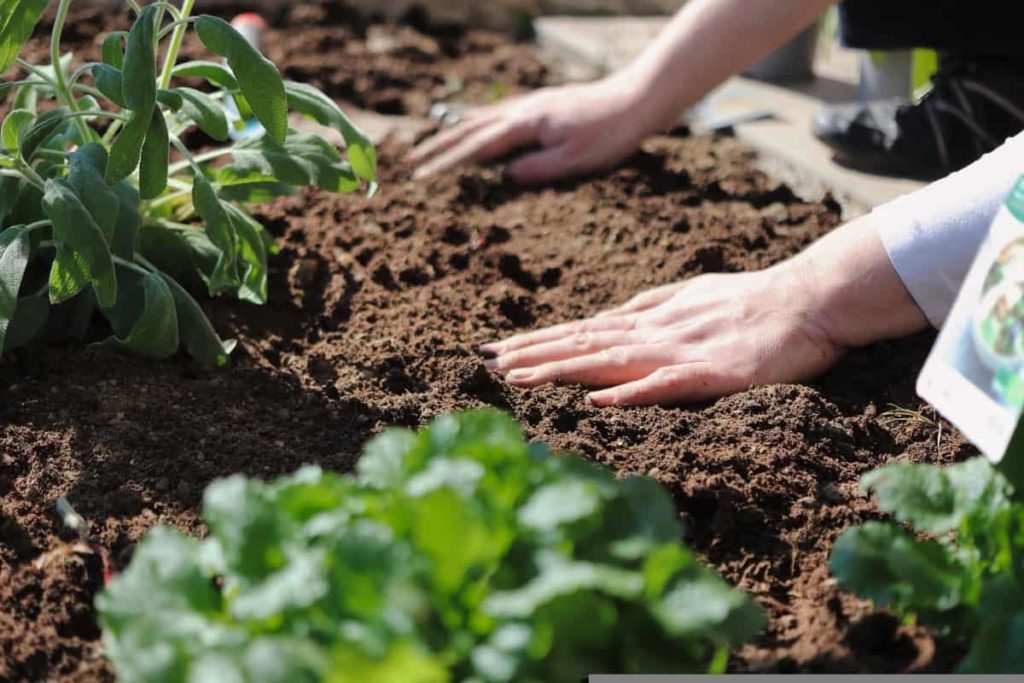
A pest-infested area should not be used for planting crops for at least two years. Allow the land to rest for a year by planting a cover crop. You can expect beneficial insects to visit your garden in quest of food, water, and a haven. Grow flowers that appeal to their preferences and keep them around.
Protect your terrace garden
Wind protection: Remember that the wind on your terrace garden will be far stronger than the wind in a traditional garden. You will need to add windbreaks to your rooftop garden’s overall design. If you have a rooftop garden, you may want to consider installing trellises or another kind of meshed windbreak.
Windbreaks should focus on obstructing wind passage to achieve the most significant success rather than attempting to stop it fully. High winds will more easily topple solid windbreaks than those that allow some air to pass through. In addition, you don’t want to stop the flow of wind. It’s simply that you want to bring it down.
Heat protection: In addition to the heat generated by the sun’s rays striking the surface of the roof, there is also ambient heat that is reflected off the surface of the roof, neighboring buildings, streetcars, metal exhaust systems, and utility structures. If not for the plants, then at the very least for yourself, you will undoubtedly want to give shade such as green nets or polythene nets.
UV rays and bird protection: Your plant faces danger from more than just unwanted insects and animals. As soon as it produces vegetables, birds and UV rays can threaten it. You can drape a wire mesh or a green garden net to protect your plants.
Best vegetables for Hyderabad terraces
Many vegetables include carrots, okra, eggplants, beans, chilies, onions, cucumbers, beetroot, bitter gourd, bottle gourd, tomatoes, potatoes, and onions that can be grown on the terraces of Hyderabad.
Best fruits for Hyderabad terraces
In case you missed it: The Best Fertilizer for Tomatoes in Pots
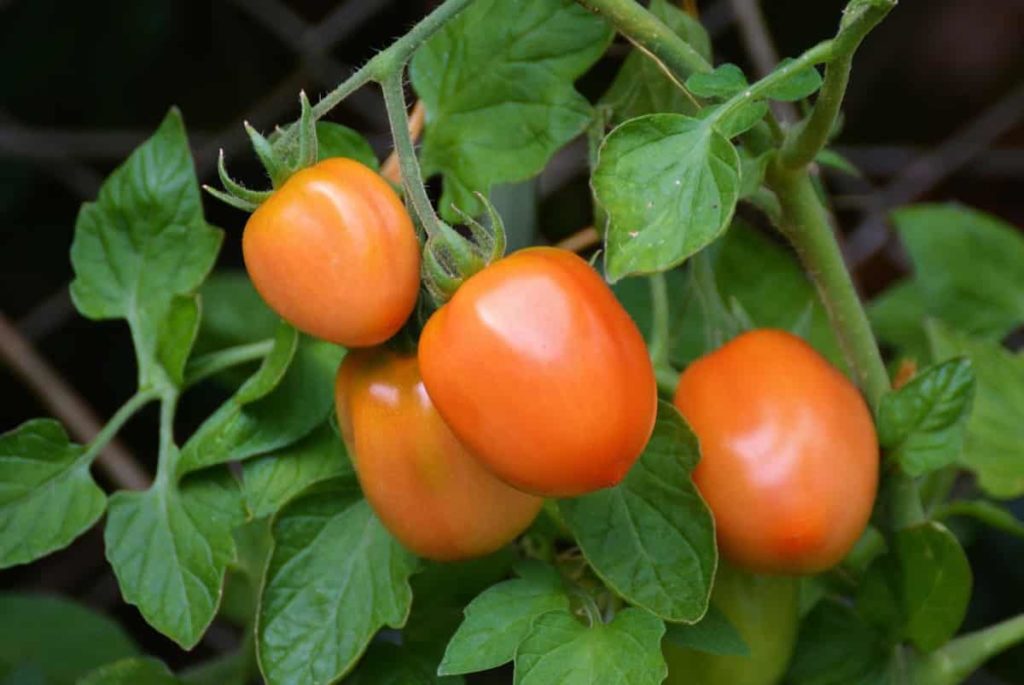
Papaya, mango, lemons, custard apples, pineapples, pomegranates, guava, and sapota are among the many fruits grown on Hyderabad’s terraces.
Best flowers for Hyderabad terraces
Roses, hibiscus, lilies, marigolds, petunias, zinnias, sunflowers, and chrysanthemums are amongst the many flowers that can be grown easily on the terraces of Hyderabad.
Best herbs for Hyderabad terraces
Chives, basil, mint, coriander, cilantro, and oregano are many herbs that can be grown easily on the terraces of Hyderabad.
Conclusion
Nature moves at its own pace; one cannot hurry or hurry up nature! You will initially encounter difficulties, but you must not give up, people. It’s possible that the seeds won’t germinate, pests will attack your plant, and you won’t have a big harvest, but the experience is priceless no matter what! In addition, we are very certain that you will be able to grow your terrace garden with success and get the fruit of your labor rather quickly.
- Broccoli Seed Germination and Selection
- Asparagus Seed Germination and Variety Selection
- Seasonal Flower Gardening: Best Practices for Spring, Summer, Fall, and Winter
- How to Grow Hibiscus from Flower
- Plantation Ideas for Home Decoration: A Beginners Guide
- Flower Garden Designs and Layouts for Beginners
- Planting and Spacing Techniques in Papaya: A Beginner’s Guide
- Growing Gold: Essential Techniques for Planting Pineapples
- How to Make Kalanchoe Plant Bushy: Home Remedies and Solutions
- 11 Reasons Why Your Gardenia is Not Blooming: Home Remedies and Solutions
- Eco Elegance: The Guide to Designing a Drought-Tolerant Landscape
- Gardening on a Slope: Strategies for Hillside Landscaping
- Nourish and Flourish: Top Organic Mulches for Thriving House Plants
- Everything You Want to Know about Indian Mogra Flower: Discover Uses and Growing
- Green Thumb Success: Expert Tips for Cultivating Greenhouse Pumpkins All Year Round
- Maximize Growth & Flavor: The Ultimate Guide to Companion Planting in Herb Gardens
- How to Control Rhododendron Problems Naturally: Home Remedies and Organic Ways to Fix Them
- Natural Magic: The Remarkable Benefits of Cinnamon for Plants
- Best Steps to Revive Dying Tulip with Natural and Organic Treatment
- 10 Reasons Why Your Angel Trumpet is Not Blooming: Remedies and Treatment
- How to Fix Periwinkle Leaf and Flower-Related Problems: Natural Remedies and Solutions
- How to Fix Zinnias Leaf and Flower Problems: Discover Natural and Home Remedies
- Organic Steps to Induce Lemon Tree Flowers: A Comprehensive Guide
- Bloom Booster: Crafting the Perfect Homemade Bougainvillea Fertilizer
- Optimizing Growth: A Guide to Applying NPK Fertilizer for Potted Plants
- 10 Best Homemade Fertilizers for Rubber Plant: DIY Recipes and Application Method
- How to Boost Female Pumpkin Flowers: Effective Steps for More Flowers and High Yields
- Transform Your Indoor Garden: Top Benefits of Pink Salt for Houseplants
- 10 Best Homemade Fertilizers for Peacock Plants (Calathea): Easy DIY Guide
- Unlock Blooms: 9 Reasons Why Your Potted Chrysanthemum is Not Blooming
- 8 Reasons Why Your Potted Hibiscus is Not Blooming: Fix it with Simple Solutions
- Unlock Blooms: 9 Key Reasons Your Potted Frangipani Won’t Flower
- 10 Reasons Why Is My Ice Plant Not Blooming: Remedies and Treatment
- 10 Reasons Why My Potted Hydrangea Not Blooming: Treatment and Remedies
- 10 Reasons Why is My Wisteria Not Blooming: Remedies and Treatment
- 10 Reasons Why is My Goldfish Plant Not Blooming: Remedies and Treatment